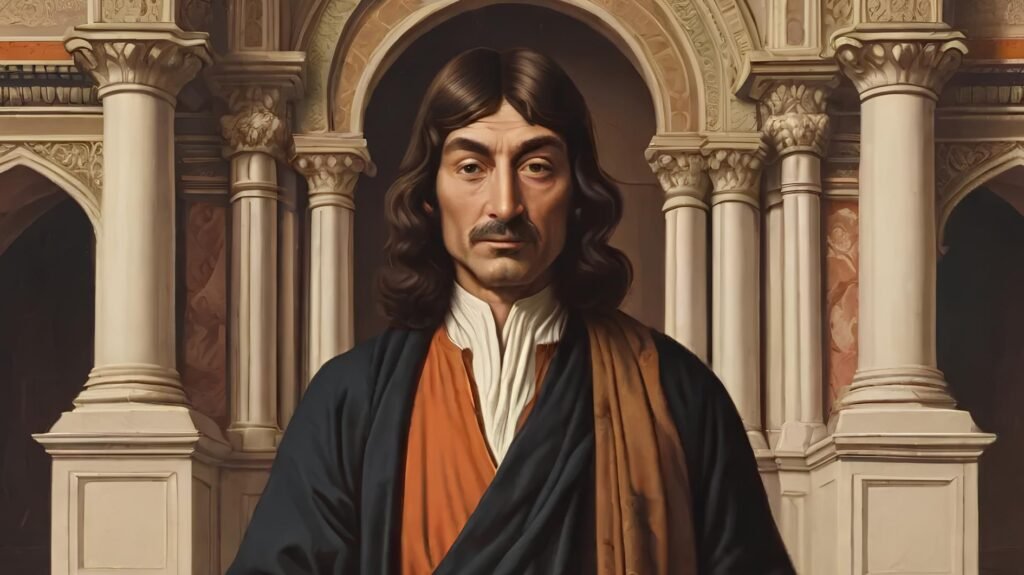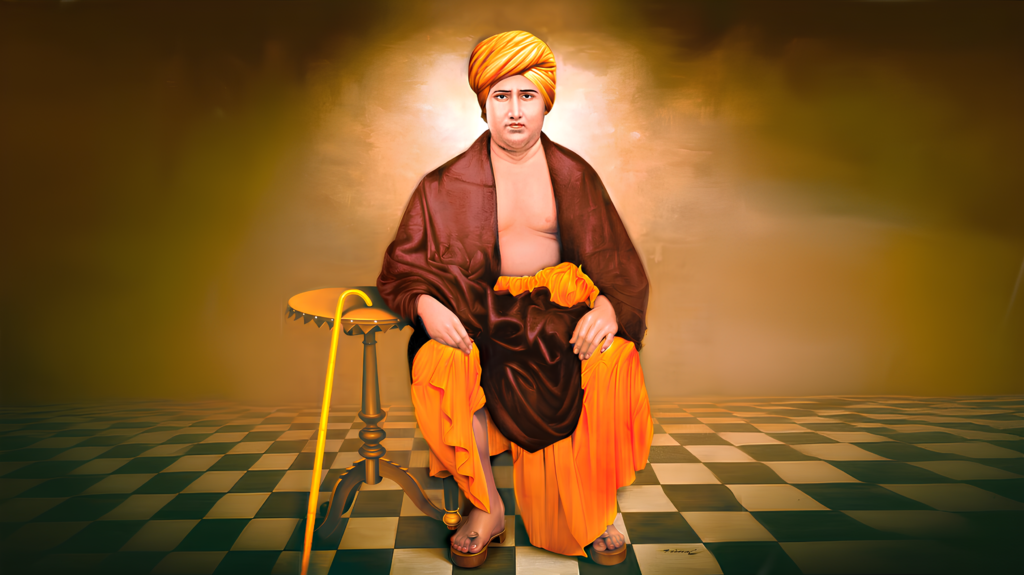Tat Tvam Asi: Discovering “You Are That” – A Journey Through an Ancient Truth

Namaste Shikshanarthis!
Once upon a time, wise sages of ancient India discovered truths that weren’t just intellectual ideas—they were profound messages about life, the universe, and who we are at our very core. Imagine finding out that you are not just yourself but somehow connected to the entire universe! This fascinating idea is wrapped up in the famous phrase from the Upanishads, Tat Tvam Asi, which means “You Are That.”
Today, we’ll take a journey into this timeless teaching. We’ll hear an old story that explains its message, explore how different schools of thought view it, and see why it might just change the way we look at ourselves and the world around us.
Meeting Tat Tvam Asi: What It Means and Where It Comes From
The phrase Tat Tvam Asi comes from the Chandogya Upanishad, one of the oldest texts in Indian philosophy. But what does it mean? In simple terms, Tat Tvam Asi translates to “You Are That.” This saying holds a remarkable idea—that the essence within each of us, our soul, is the same as the ultimate truth, the very core of the universe, known as Brahman.
To make this clearer, let’s break down the words:
Tat means “That,” referring to the supreme reality or the ultimate essence.
Tvam means “You,” representing each individual soul.
Asi means “are,” suggesting a unity or oneness.
So when we say Tat Tvam Asi, we’re saying that there’s a deep connection between each person and the whole universe. Think of it like discovering that the light inside a tiny lamp is part of the same endless source of light that shines everywhere.
But how do we understand such a vast idea? Let’s dive into a story that brings this concept to life.
The Story of Sage Uddalaka and His Son Svetaketu
Our story begins with a wise sage named Uddalaka and his young son, Svetaketu. As Svetaketu grew up, his father sent him to study the sacred texts, the Vedas, under the guidance of learned teachers. For many years, Svetaketu lived and learned with the scholars, returning home proud of the knowledge he had gathered.
When Uddalaka saw his son’s pride, he wanted to teach him something more profound, something beyond what can be learned from books alone. He wanted Svetaketu to understand the essence of everything—the knowledge that connects all things in the universe.
One day, Uddalaka asked Svetaketu, “My son, you’ve learned much. But do you know that which, when understood, reveals the nature of everything?”
Svetaketu was puzzled. He admitted, “Father, I don’t understand. How can there be something that, once known, helps us understand everything?”
Seeing his son’s confusion, Uddalaka decided to teach him through simple examples.
He began, “Imagine a lump of clay, my son. If you know the nature of clay, then you can recognize any object made from it—whether it’s a pot, a plate, or a cup. In the same way, there’s one essence, one reality, from which all things come. By understanding this essence, you can understand everything.”
Then he added, “Just as the essence of clay is the basis of all objects made from it, there is an essence, a ‘one thing,’ that’s the root of everything in existence. This essence is what we call Brahman. And the same essence exists within you as well. Tat Tvam Asi—You Are That.”
Through his father’s words, Svetaketu started to see that everything around him was connected. The same essence that filled the vast sky, flowed in rivers, and was in the earth was also within him.
Diving Deeper: Exploring Different Philosophies
Over centuries, different schools of thought in Indian philosophy have offered various interpretations of Tat Tvam Asi. Let’s look at two of the most well-known perspectives.
The Advaita Vedanta Perspective
The first school of thought we’ll explore is Advaita Vedanta, which means “non-dualism.” According to Advaita Vedanta, Tat Tvam Asi means that there’s no separation between the individual soul (jivatma) and the universal spirit (Brahman). In other words, each person’s essence is the same as the ultimate reality.
Here’s a simple analogy: Imagine a pot filled with air. Inside, the air seems separate from the air outside. But when the pot breaks, the air inside merges with the air outside; they were always the same, just separated by the pot. Similarly, the Advaita philosophy says that our souls feel separate because of our individual identities, like the pot. But in truth, there’s only one essence—Brahman—and Tat Tvam Asi is a reminder that our true self is that universal spirit.
The Vishishtadvaita Perspective
The second school is called Vishishtadvaita, or “qualified non-dualism.” Vishishtadvaita agrees that Tat Tvam Asi signifies a connection between the individual and the universal soul, but it emphasizes that each soul is distinct.
Think of the ocean and a wave. A wave is part of the ocean, but it has its own unique shape and form. While the wave comes from the ocean and eventually merges back into it, it retains its individuality. Vishishtadvaita teaches that each of us, like the wave, is unique but still part of the vast ocean of universal consciousness.
Why This Teaching Is Important Today
So, what does this ancient teaching mean for us in our everyday lives? In a world where people often feel isolated or divided, Tat Tvam Asi invites us to recognize our shared essence. When we truly understand that the same divine spark exists within everyone, it becomes easier to treat others with kindness, respect, and compassion.
Imagine what might happen if we all realized that we’re connected, that our actions affect everyone around us. We would be more understanding, more willing to help others, knowing that in doing so, we’re also uplifting ourselves. Just as Uddalaka taught his son Svetaketu, understanding our unity with others can transform how we live and see the world.
Conclusion
The ancient teaching of Tat Tvam Asi, “You Are That,” is a reminder of the connection that runs through all existence. It tells us that we’re not alone or separate; we’re all part of a grand, universal whole. Whether seen through Advaita Vedanta’s oneness or Vishishtadvaita’s connected individuality, the message is clear: each of us holds a piece of the divine within us.
So, whenever you look at someone else, remember that they too carry the same divine essence as you. And just as in the story of Svetaketu, we can all learn to see the world through eyes that recognize our shared existence.
In the end, Tat Tvam Asi calls us to recognize the magic within and around us and to live in a way that reflects our shared essence. When we understand this, life becomes not just about “me” or “you” but about the infinite “us.”


